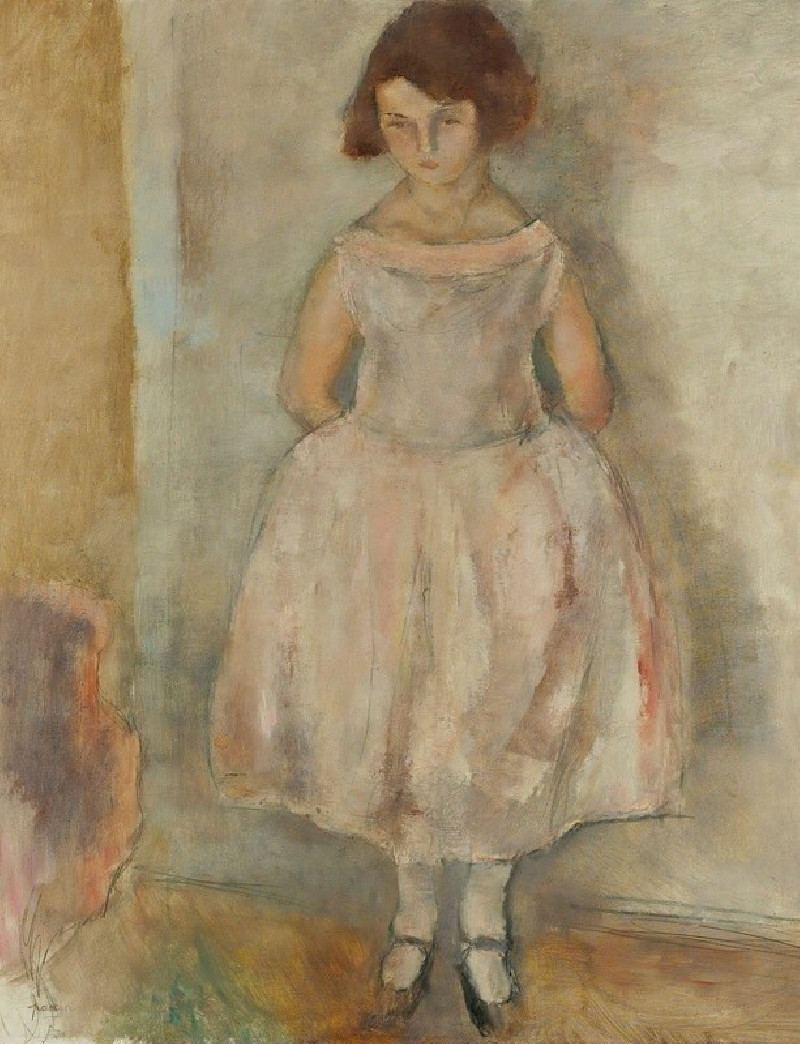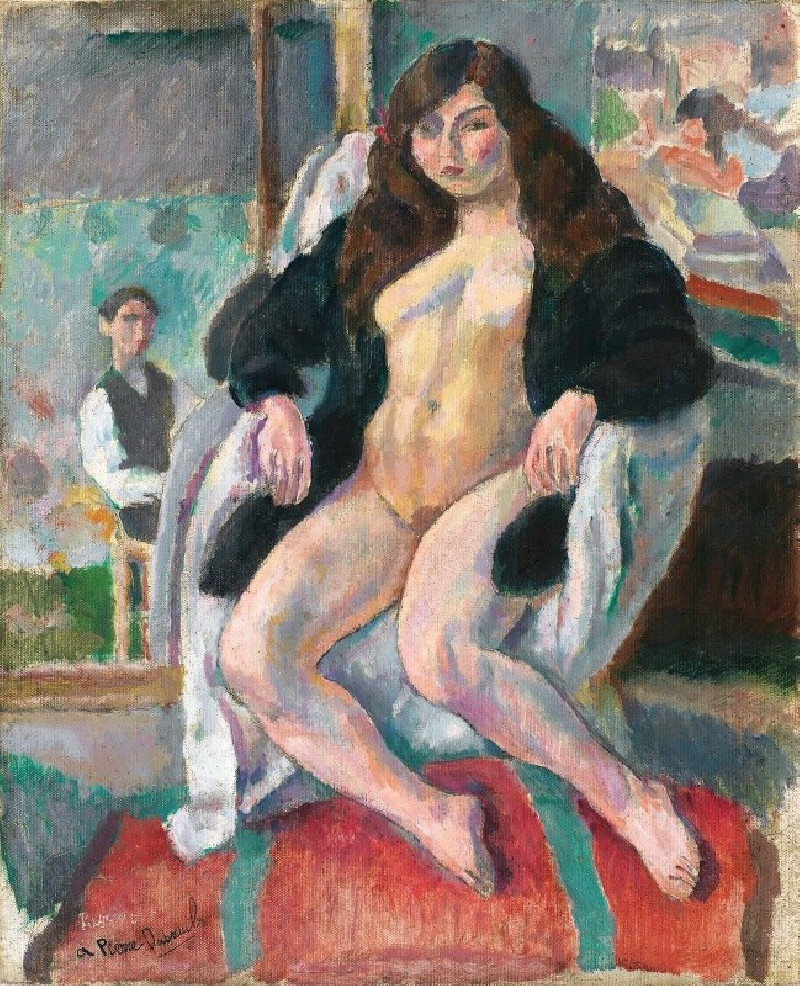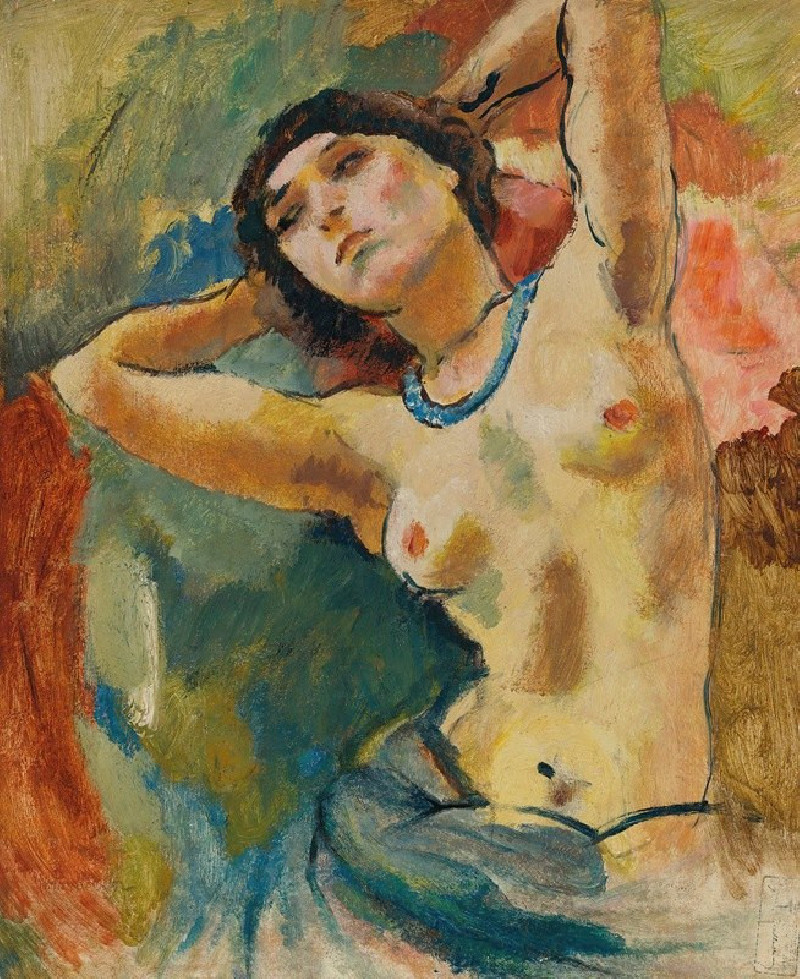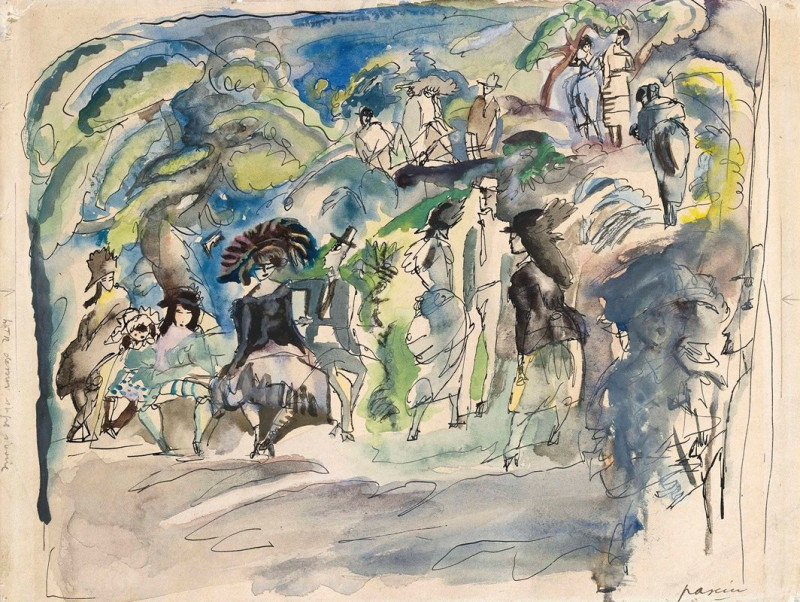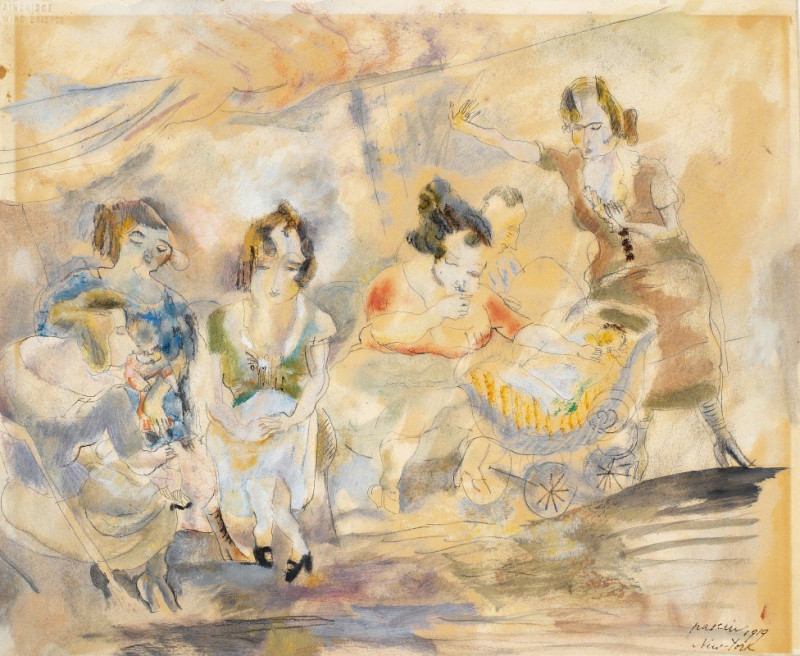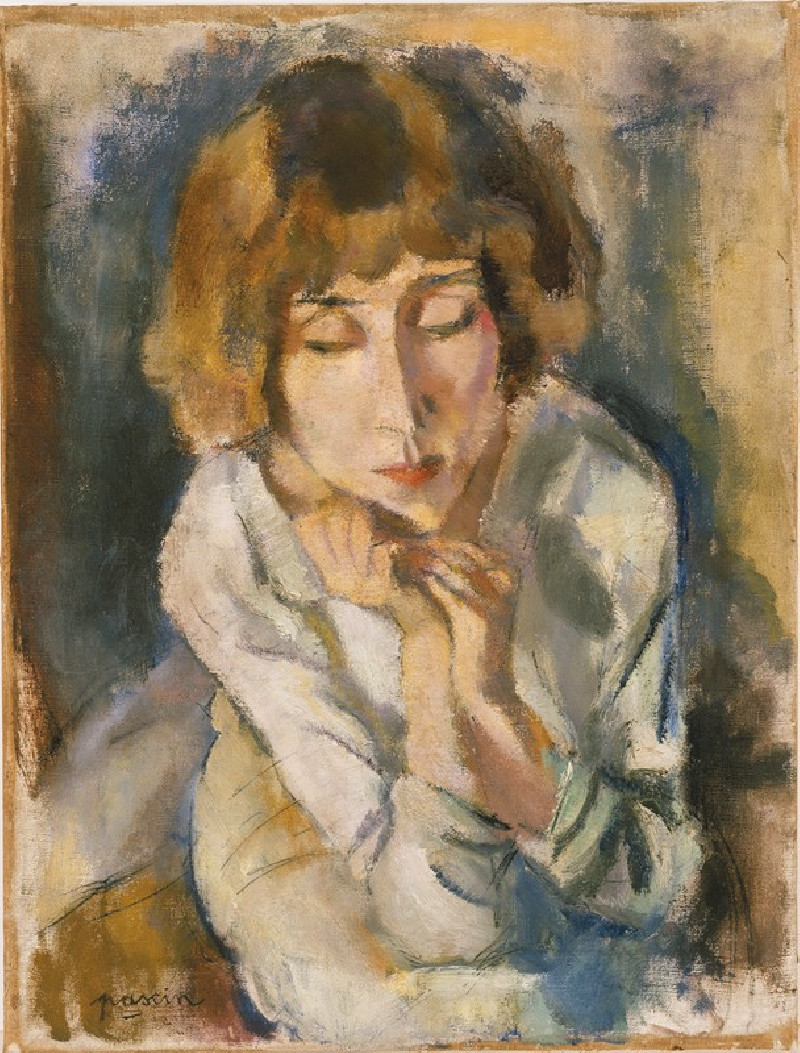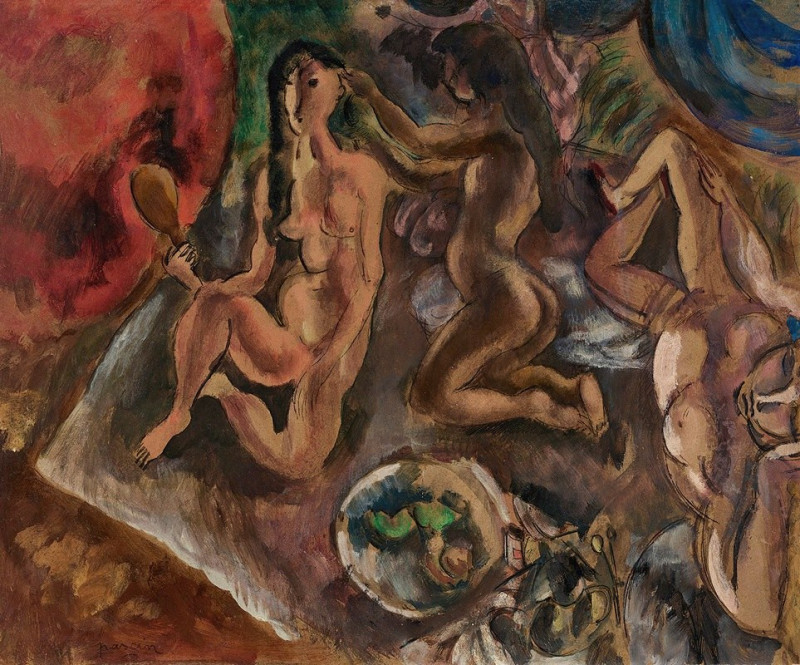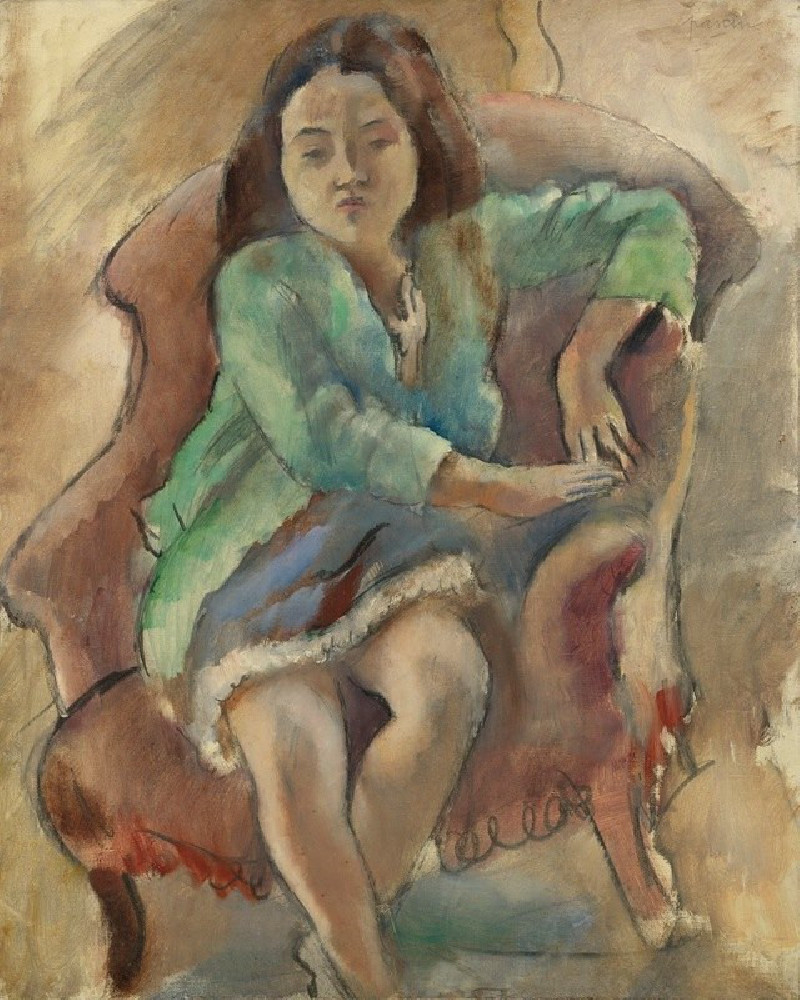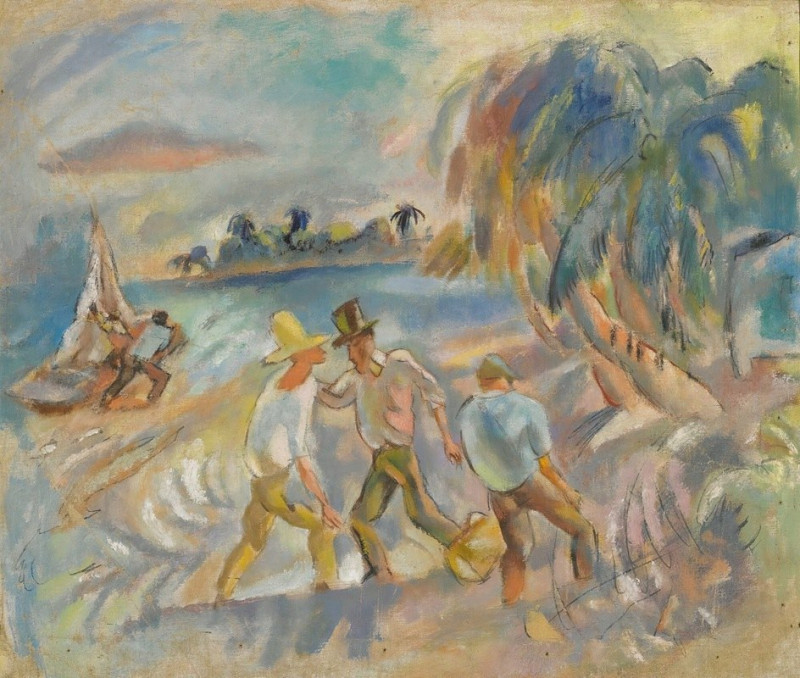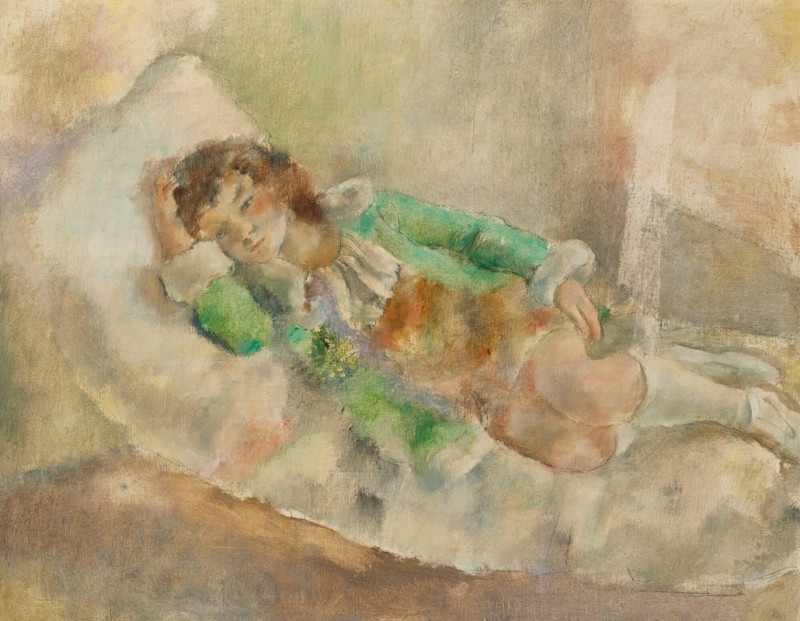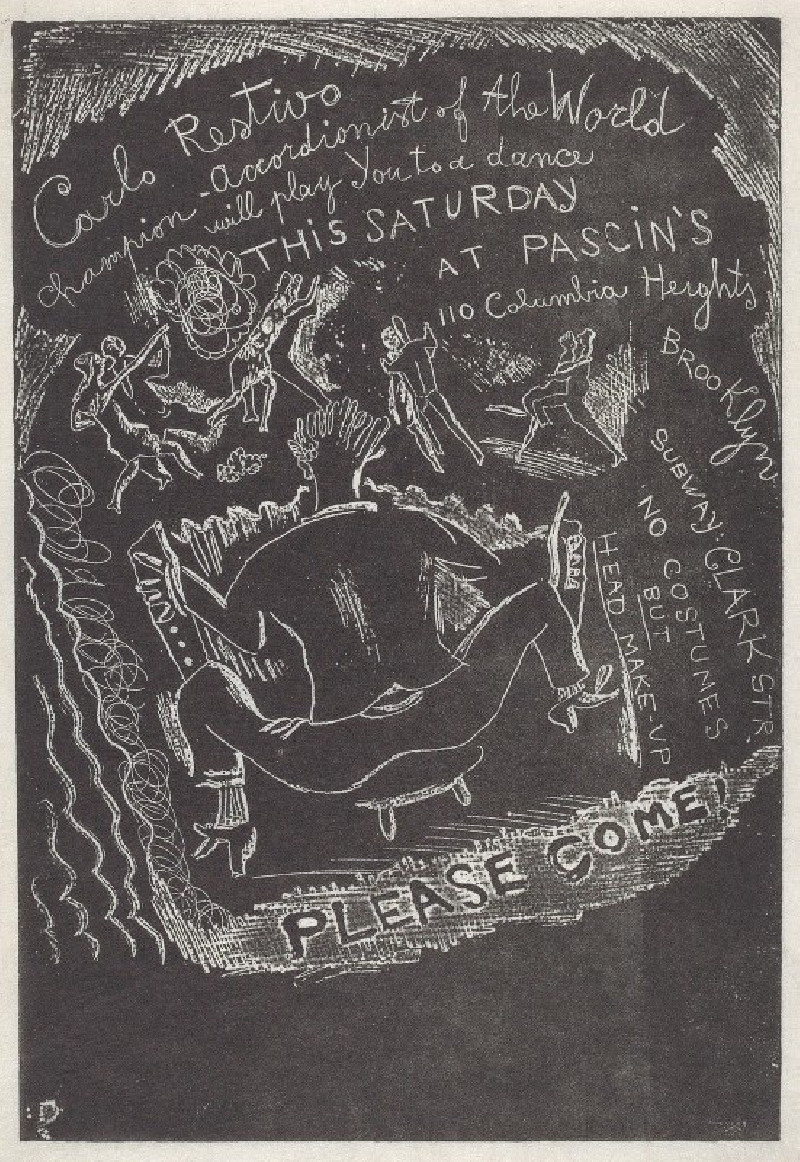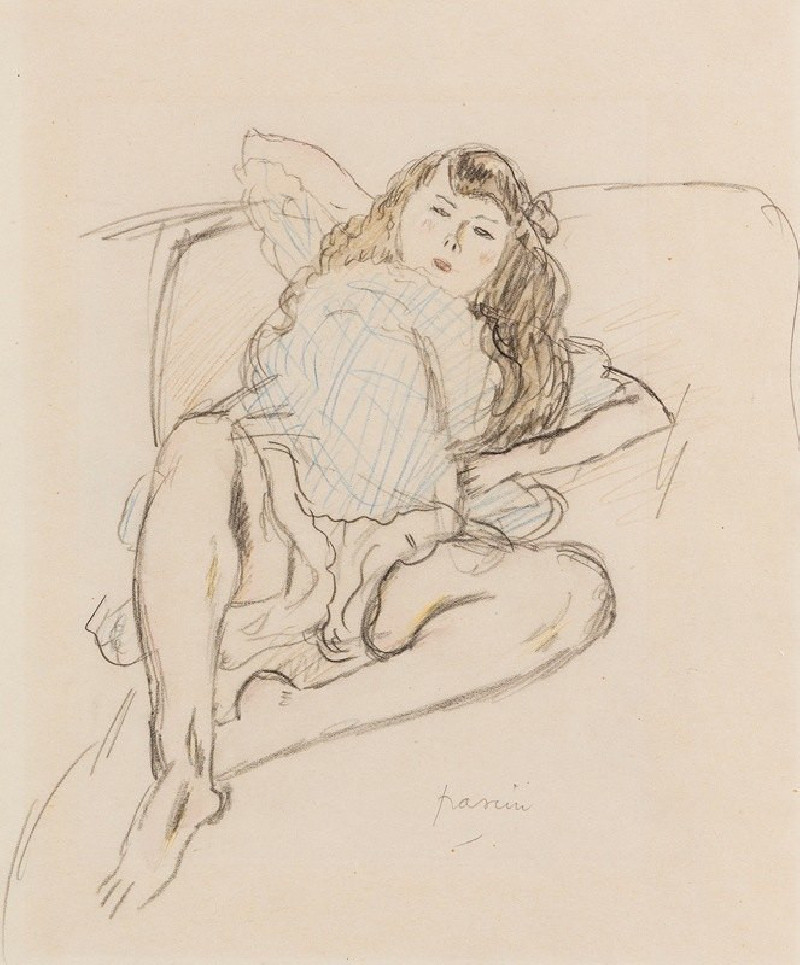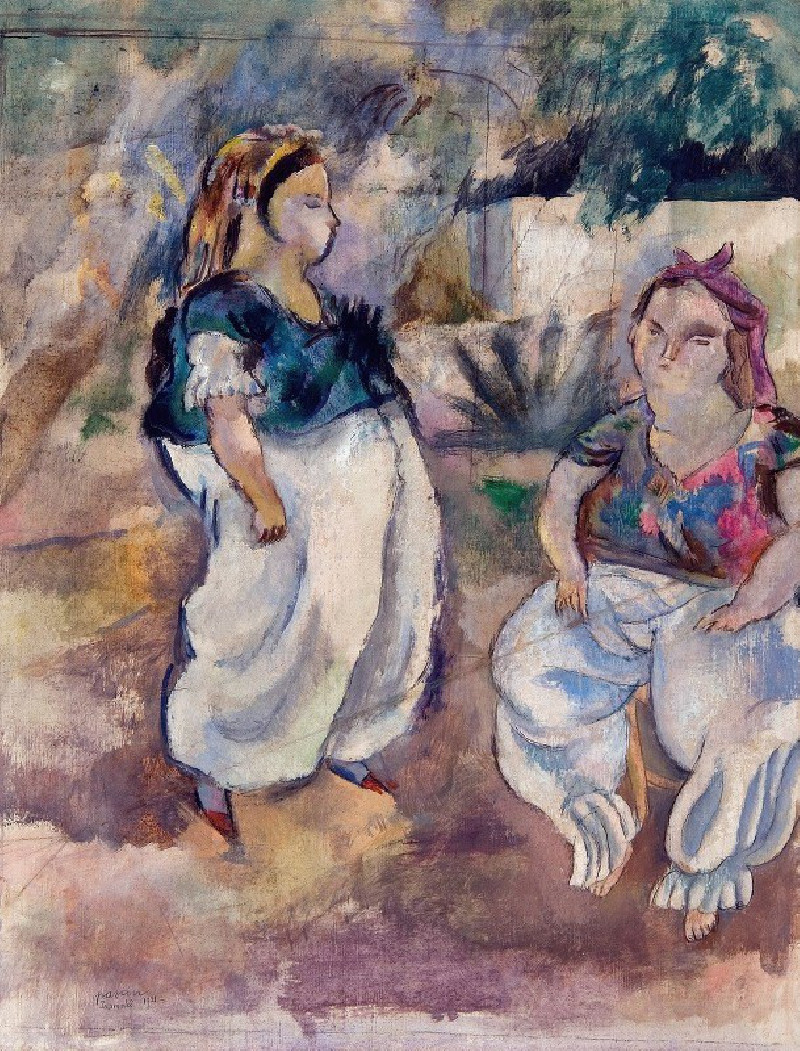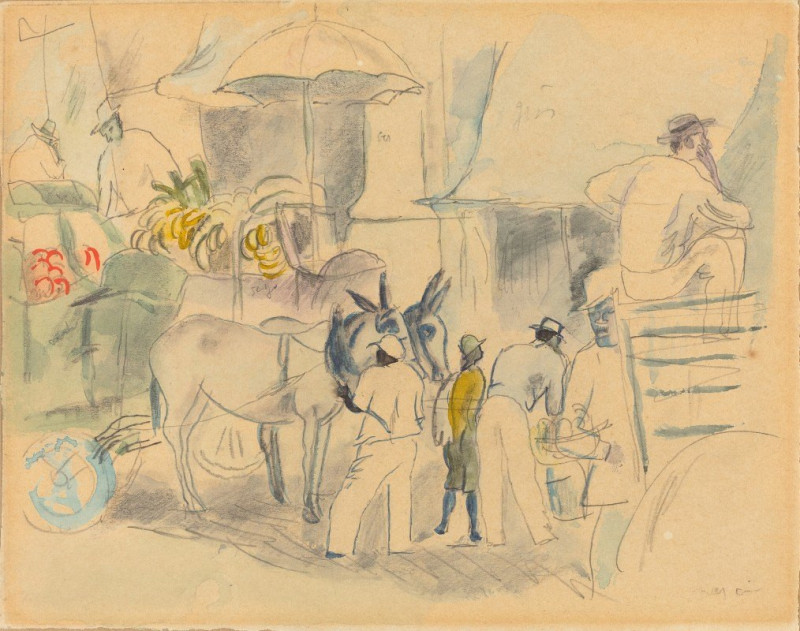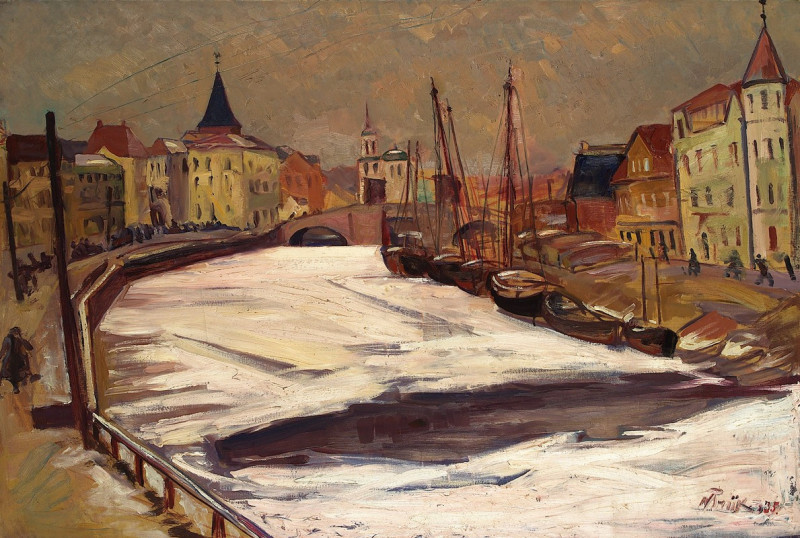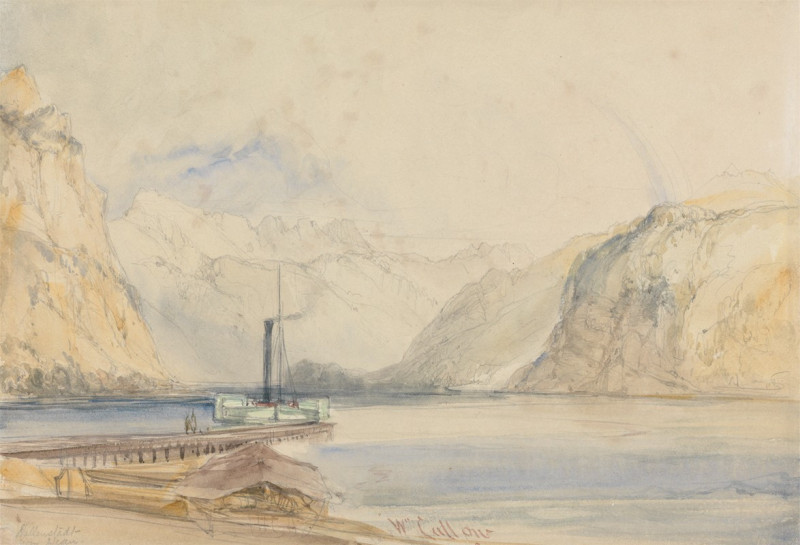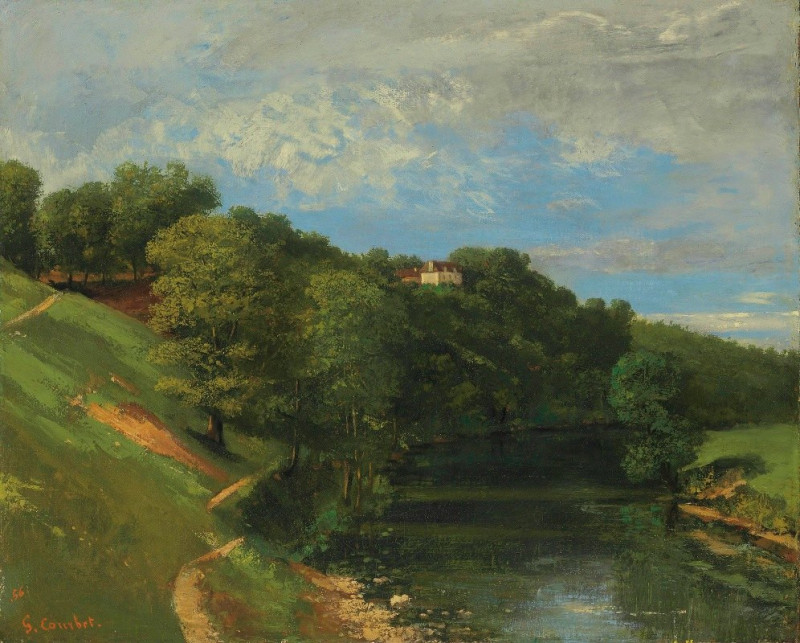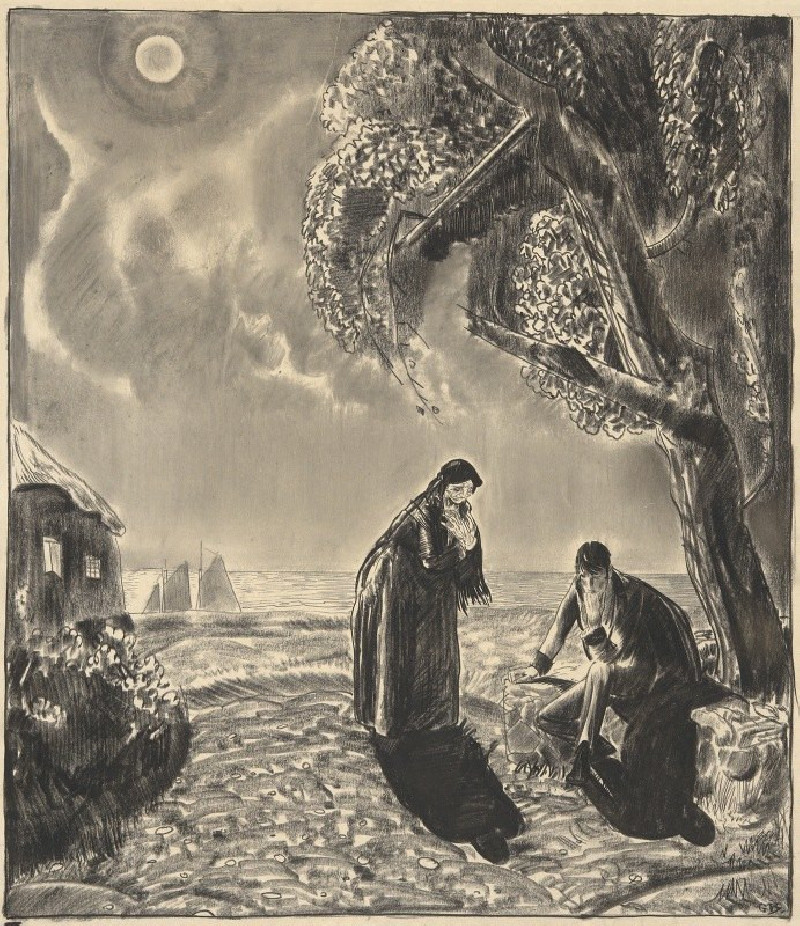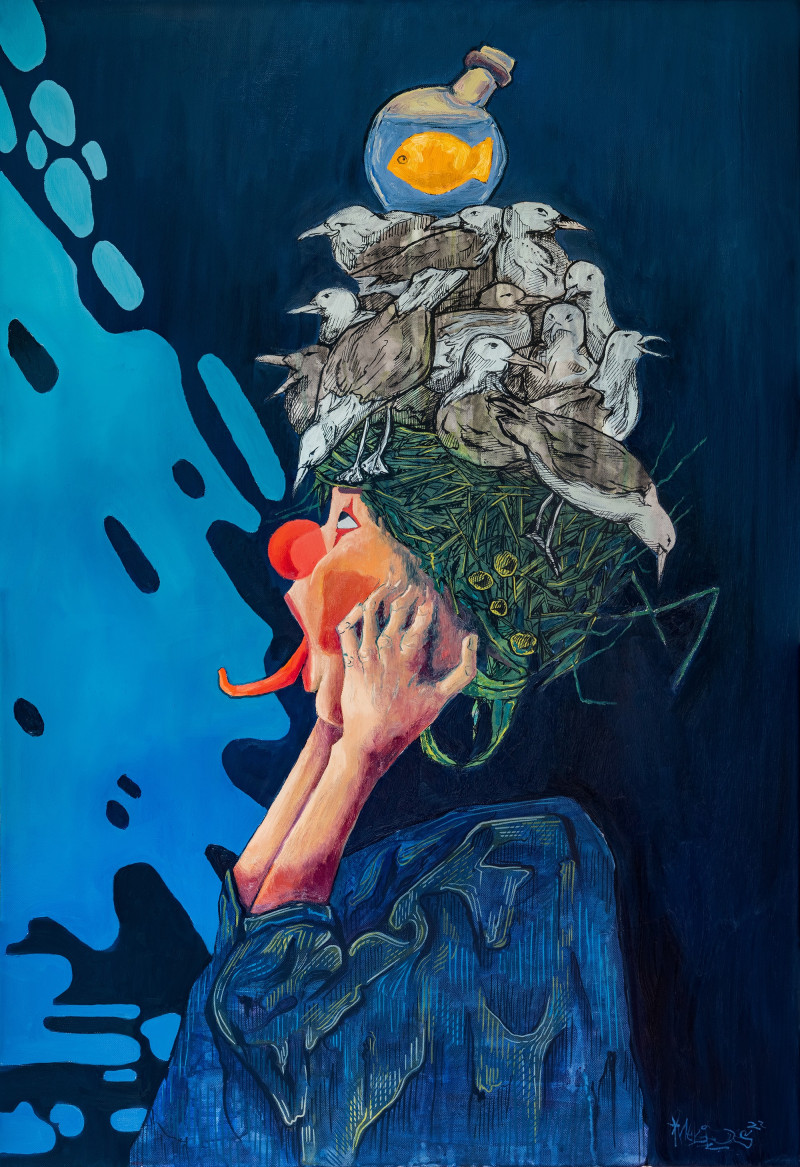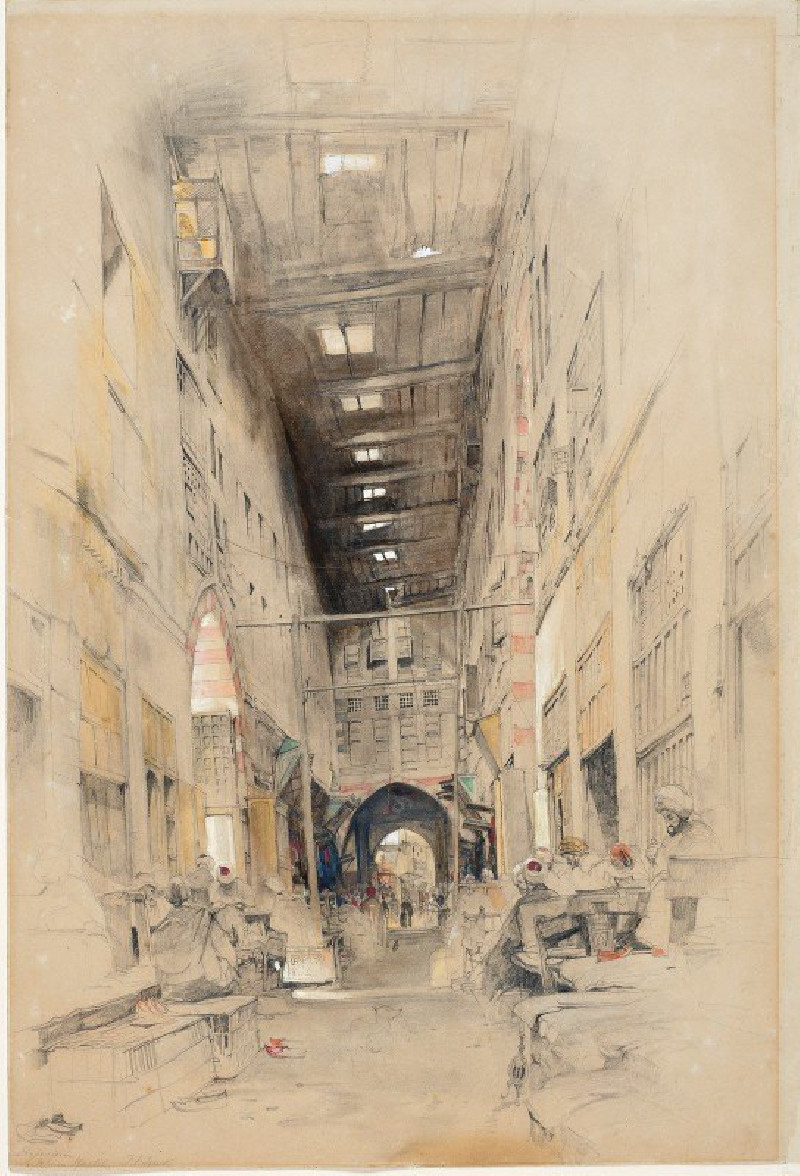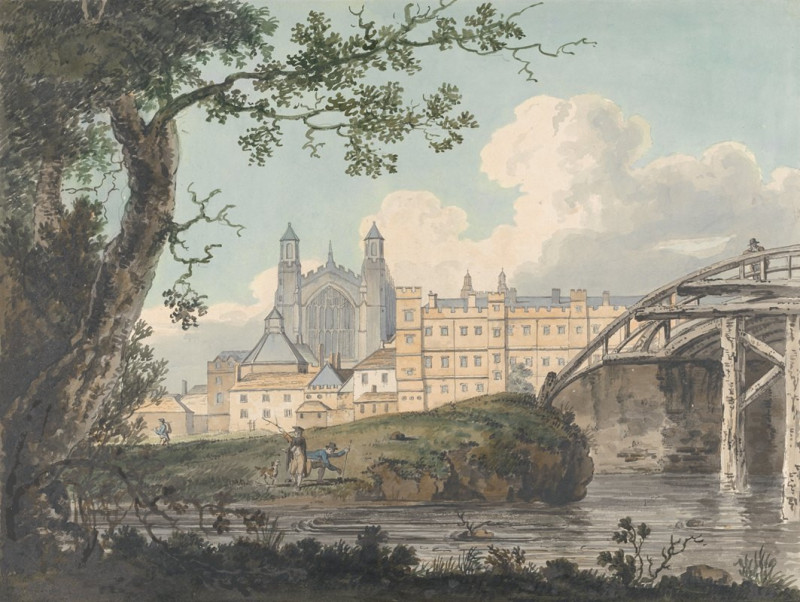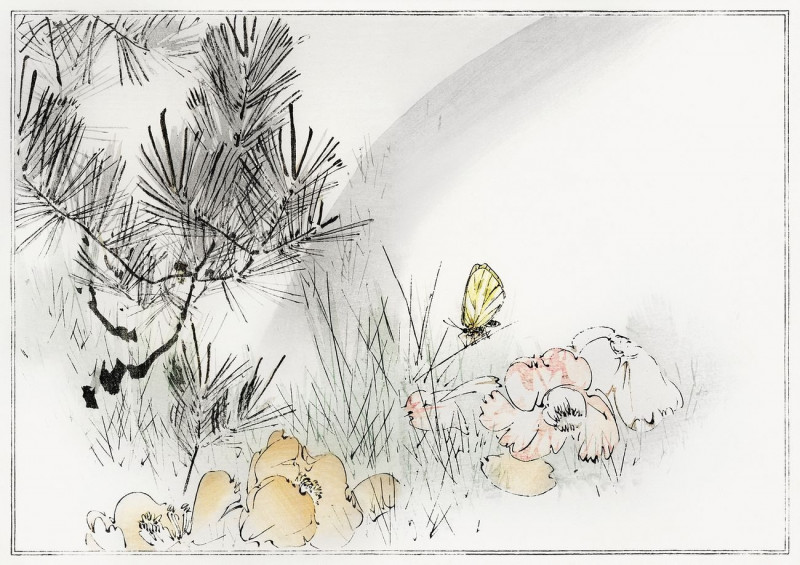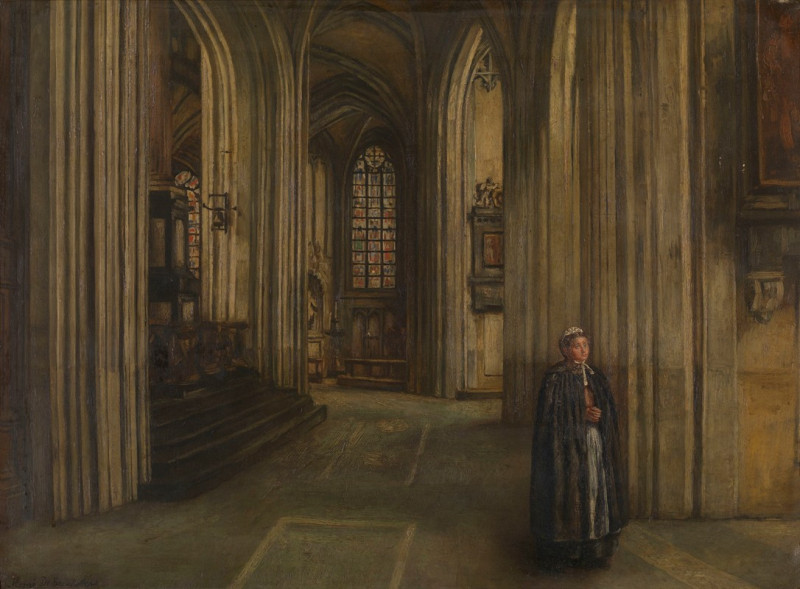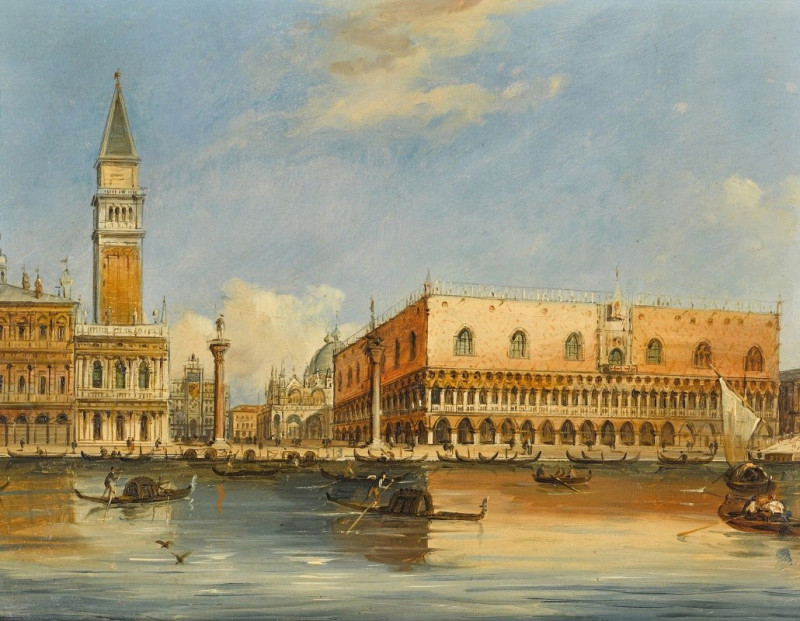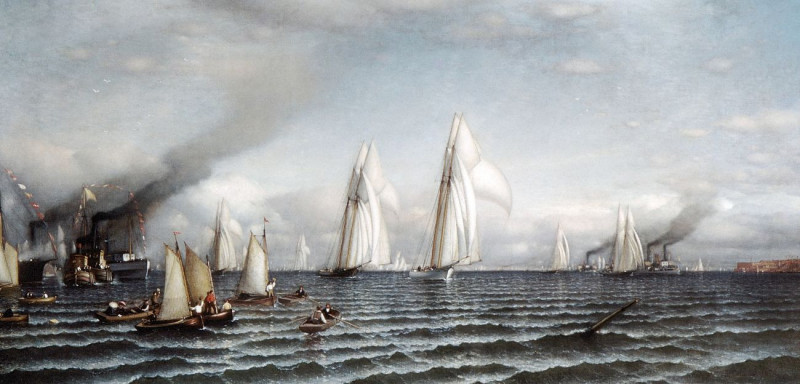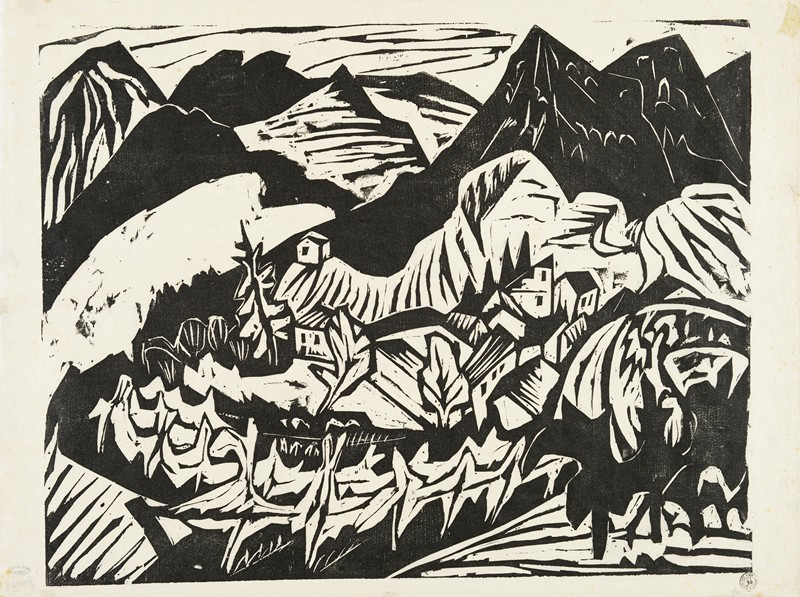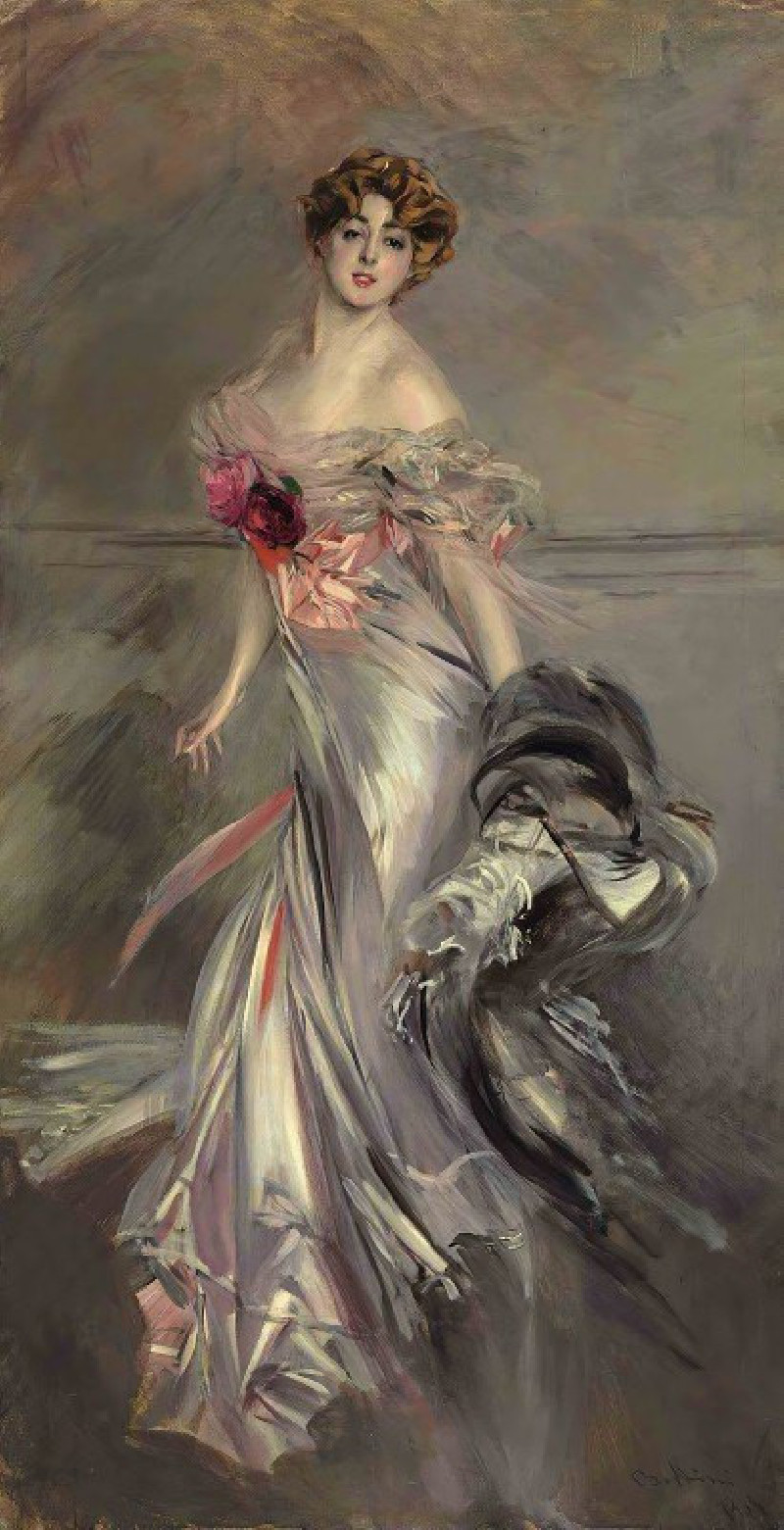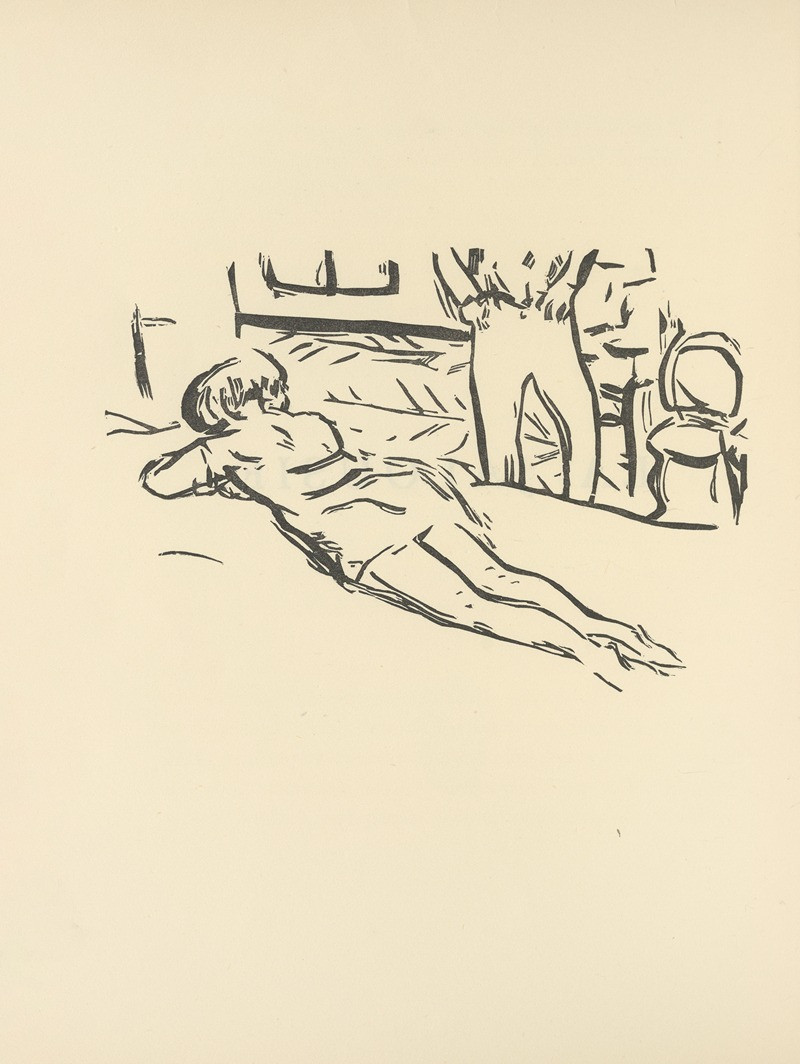Nannies with a Child (1917)
Technique: Giclée quality print
Recommended by our customers
More about this artwork
Jules Pascin's 1917 watercolor, "Nannies with a Child," captures a serene and intimate moment in a sunlit park scene. The composition showcases three figures, presumably two nannies and a small child, engrossed in a quiet interaction amidst a lush, natural backdrop.The simplicity and fluidity of Pascin's brushwork convey a sense of immediacy and tenderness. The figures are depicted in a loose, almost sketch-like manner, which emphasizes the spontaneous and ephemeral nature of the scene. The gentle washes of color—muted blues, greens, and earth tones—blend harmoniously, creating a soft and inviting atmosphere.The tree and plant life in the background are rendered with a similar lightness of touch, their forms and colors melding into the horizon. This melding creates a tranquil setting that seems to envelop the figures in a protective cocoon."Nannies with a Child" not only offers a glimpse of everyday life in 1917 but also illustrates Pascin's mastery in capturing the beauty of fleeting moments.
Delivery
Returns
Nudes, street scenes and landscapes of women and tropical locations by Bulgarian-born American painter Jules Pascin (1885-1930). Born to an affluent family, Pascin was educated in Austria and Germany before moving to Paris in 1905. It was there that he became associated with the Modernist movement. He attached himself to the human condition and was known for painting portraits of nude and half-dressed women. He stands in the grand tradition of the romantic, bohemian artist.


